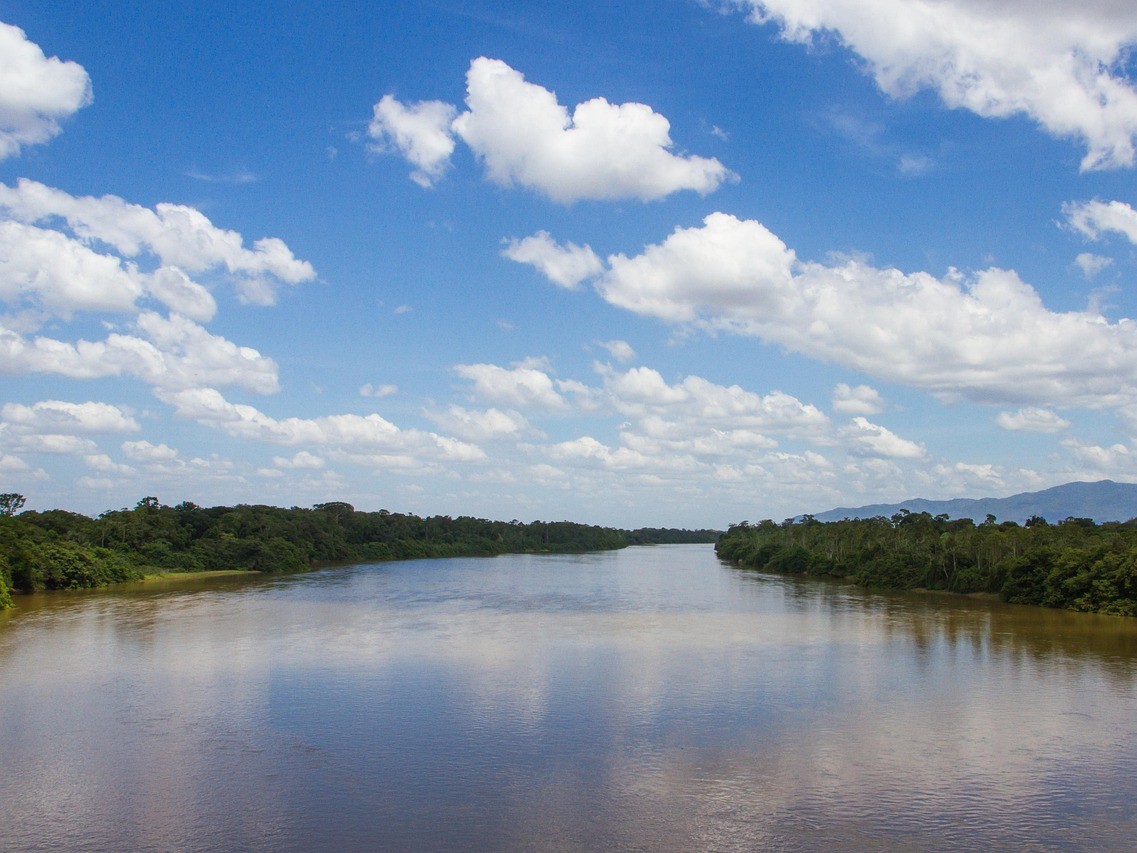News

Making the Most Out of River Sensor Networks
Texas Engineers developed a new data-driven framework to optimize the management and placement of sensor networks in bodies of water worldwide.

Texas Engineers developed a new data-driven framework to optimize the management and placement of sensor networks in bodies of water worldwide.